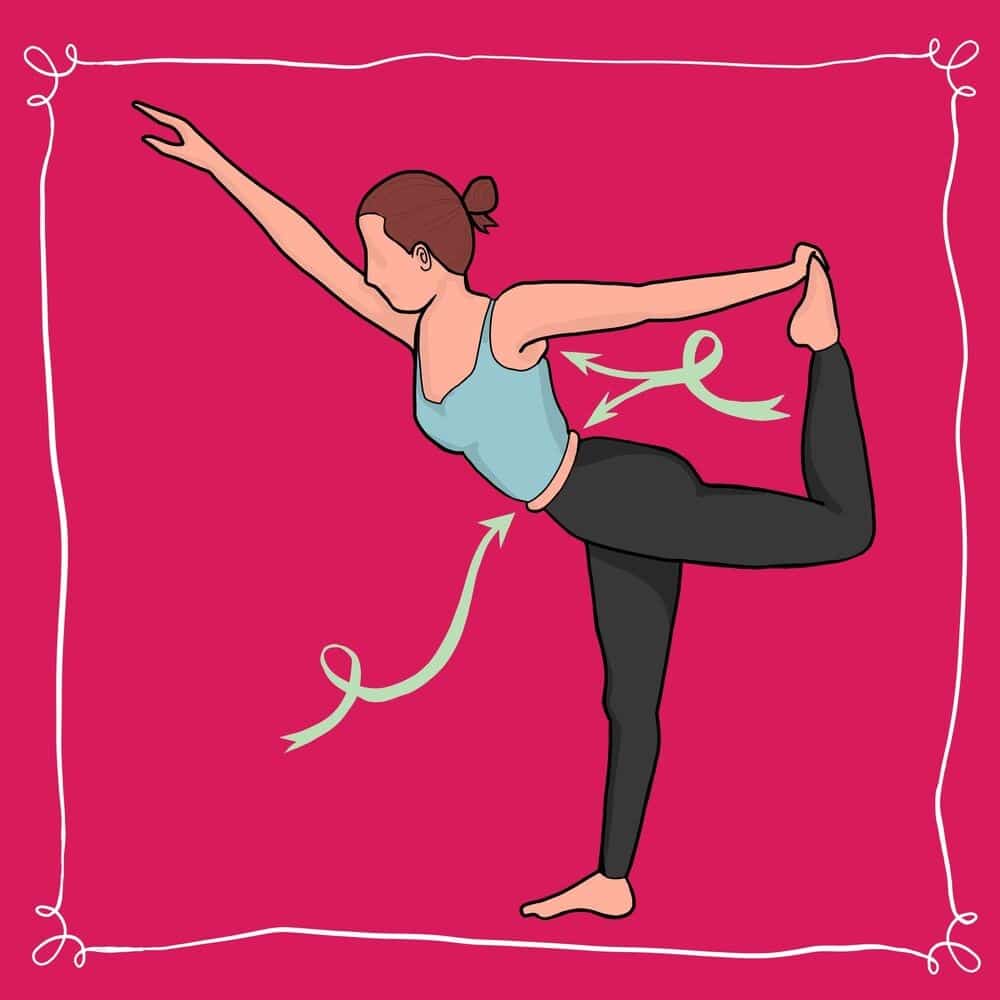While many of us have easy access to exercise regimes and fitness plans during the ongoing lockdown, one of the hardest parts to find is the motivation to carry them out.
Motivation is something that no external force can control – it has to come from within you – so gaining motivation is a very personal journey.
There are certain methods that work for a lot of people when approaching motivation, however.
Here, Common Purpose shares five methods for building motivation for exercise during lockdown:
1. Identifying Ambivalence
Ambivalence is the state of having mixed feelings or contradictory ideas about something.
What happens when you want to get fit and healthy, but are not willing to make the necessary sacrifices to achieve this goal?
It’s easy to get stuck in an ambivalent loop and end up doing nothing because stasis is easier than change.
We find that simply talking to someone about our thoughts will help highlight these internal contradictions which are keeping us stuck in a rut.
Only once these “thought loops” are made explicit, can we break them and work to prioritise our values and create concrete plans.
2. Finding Your Why
If you’re feeling unmotivated, it’s probably time to uncover (or re-discover) your deeper ‘why’.
Ask yourself “why exactly do I want to start exercising regularly?”. Once you’ve come up with an answer, ask three more “whys” to dig deeper into your true values.
This is more difficult than it looks, and it may take a few days to ponder on it. But once we find an answer that stands up to this level of scrutiny, we can be confident that we’re building on solid ground.
3. Utilising the Carrot and The Stick
The key with the carrot (reward) and stick (punishment) as drivers for motivation is that they must be self-imposed and not put upon us by other people.
The idea here is that when we’re digging for our deeper why we shouldn’t just think about the potential upside of action (the carrot), we should also contemplate the negatives of inaction (the stick).
Create a goal to aim for, but also raise awareness of the cost of inaction, both of these forces acting together should be enough to get you going again.
4. Goal Setting and Developing a Plan
When people contemplate starting an exercise program, most fall at the first hurdle because they don’t make their goals and plans clear and obvious.
The goal and plan don’t have to be fancy or extravagant, but they have to be made explicit.
Once we set ourselves a goal which truly aligns with our values, we can then create a plan made up of small achievable actions and habits which pave the way to success. It’s important not to view a plan or schedule as a prison, but instead, a framework that can support you through the process and a useful point of reference.
5. Begin with Action
When motivation is low, we assume that it will appear out of nowhere and only when it does, do we think we’ll be able to take action.
Taking action may be as simple as reaching out to someone and discussing your goals or writing down your training schedule for the next month.
You’ll build up the motivation to get that first workout done. This will get the ball rolling and motivation will build over time.







